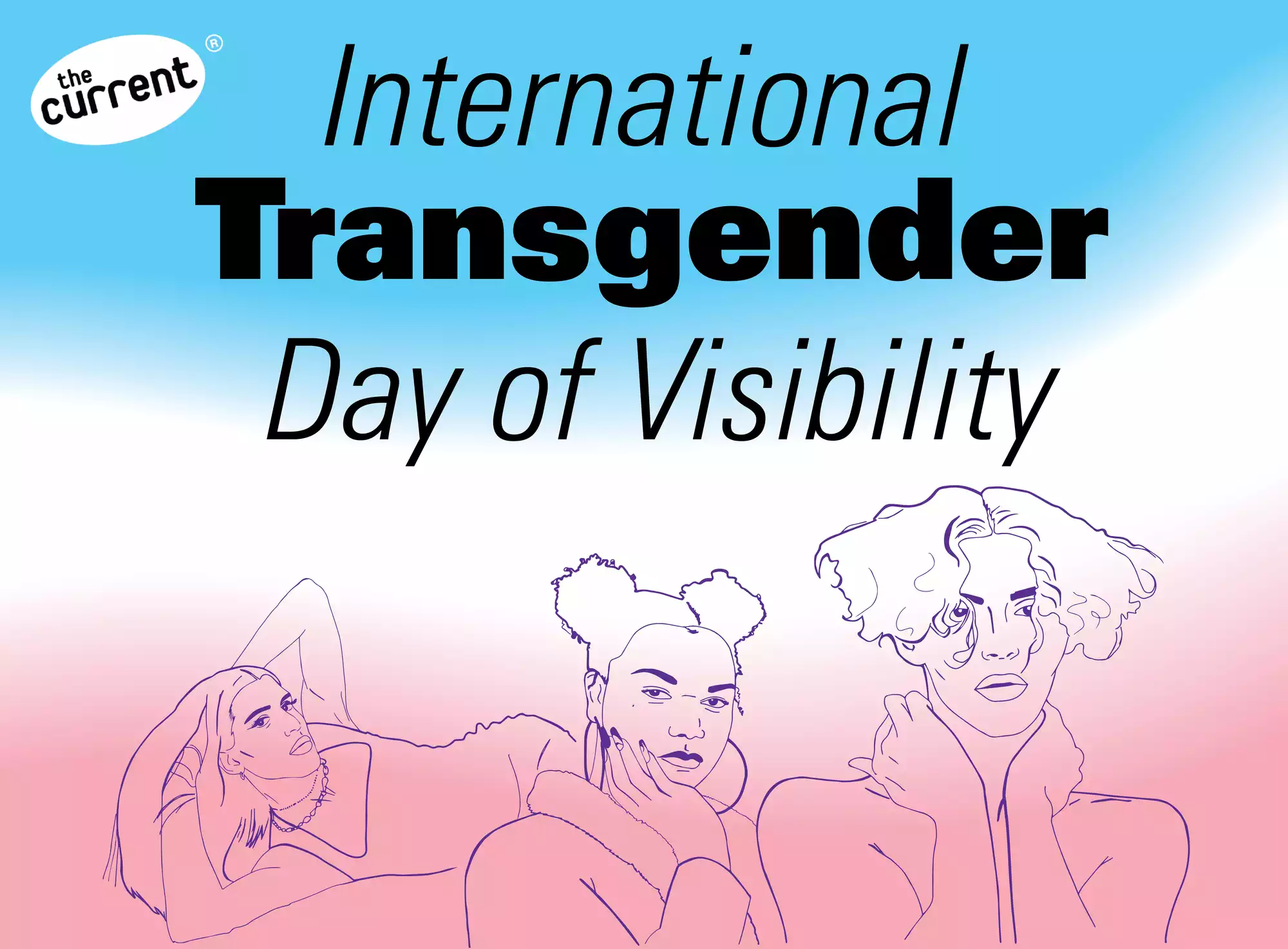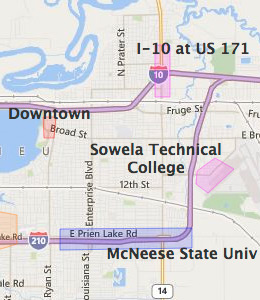Supporting Transgender Individuals: Practical Allyship For International Transgender Day Of Visibility

Table of Contents
Understanding Gender Identity and Expression
Understanding gender identity and expression is crucial for effective allyship. Gender identity is an individual's internal sense of being a man, woman, both, neither, or somewhere else along the gender spectrum. This is different from sex assigned at birth, which is based on biological factors. Gender expression, on the other hand, refers to how someone outwardly presents their gender through clothing, behavior, and other means.
-
The Spectrum of Gender Identities: The gender spectrum is diverse and encompasses a wide range of identities, including transgender, non-binary, genderfluid, agender, and many others. Transgender individuals have a gender identity different from the sex assigned at birth. Non-binary individuals don't identify exclusively as male or female. Genderfluid individuals experience shifts in their gender identity over time. It's vital to remember that gender is a personal and complex experience, and there's no single way to be transgender or non-binary.
-
Respecting Chosen Names and Pronouns: Using a transgender person's correct name and pronouns is a fundamental aspect of showing respect. Pronouns are an essential part of someone's identity and misgendering (using incorrect pronouns) can be deeply hurtful and invalidating. Always use the name and pronouns a person shares with you.
-
Challenges Faced by Transgender Individuals: Transgender individuals face significant societal challenges, including discrimination, prejudice, violence, and lack of access to healthcare and affirming resources. Transphobia—the fear and prejudice against transgender people—fuels many of these challenges, making it crucial to challenge such biases actively.
-
Further Learning Resources: For more in-depth understanding, explore resources from reputable organizations like GLAAD (Gay & Lesbian Alliance Against Defamation), The Trevor Project, and Human Rights Campaign. These organizations offer valuable information and support for both transgender individuals and their allies.
Practical Ways to Show Allyship in Daily Life
Allyship involves consistent action, not just awareness. Showing support for transgender individuals in your everyday life is key.
Respecting Pronouns and Names
Using correct names and pronouns is paramount. If you make a mistake, apologize sincerely and correct yourself immediately. Don't dwell on the error; simply move on and be more mindful in the future.
-
Inclusive Introductions: When introducing someone, include their name and pronouns. For example, "This is Alex, they/them." This normalizes the practice and models inclusive behavior for others.
-
Updating Information: Update your personal and professional contacts, social media profiles, and other relevant information to reflect correct names and pronouns. This ensures consistency and shows respect for their identity.
-
Inclusive Written Communication: Always use inclusive language in emails, letters, and other written communication. Avoid gendered assumptions and use gender-neutral terms where appropriate.
Creating Inclusive Spaces
Creating safe and welcoming environments is a vital part of supporting transgender individuals. This includes challenging transphobic behavior and language whenever you witness it.
-
Advocating for Inclusive Facilities: Advocate for gender-neutral restrooms and changing facilities in your workplace, school, or community. These spaces are essential for ensuring the safety and comfort of transgender and non-binary individuals.
-
Supporting Inclusive Policies: Support policies that protect transgender rights in the workplace, educational institutions, and other settings. This includes advocating for non-discrimination laws, inclusive healthcare access, and gender-affirming care.
-
Allyship in Public Spaces: Be an active ally in public spaces, challenging transphobic comments and behaviors you encounter. Speak up for those who may not feel comfortable doing so themselves, remembering that your voice can make a difference. Online allyship also matters.
Supporting Transgender Individuals Online
The online world presents both unique challenges and opportunities for allyship. Online spaces can be breeding grounds for misinformation and hate speech, but they also provide platforms for amplifying transgender voices.
-
Inclusive Online Language: Use inclusive language online and avoid harmful stereotypes. Educate yourself on respectful terminology and actively challenge transphobic content.
-
Challenging Transphobic Content: When you encounter transphobic comments or posts, report them to the relevant platform and respond with respectful, informative counter-arguments.
-
Amplifying Transgender Voices: Follow and share content created by transgender individuals and organizations. Amplifying their voices and perspectives is crucial for creating a more balanced and representative online landscape.
-
Following Transgender Influencers: Support transgender influencers and organizations on social media by following them, engaging with their content, and promoting their work.
Advocating for Transgender Rights and Equality
Advocating for policy changes is vital in supporting transgender rights. Legislative changes are necessary for creating a truly inclusive society.
-
Supporting Organizations: Support organizations fighting for transgender rights through donations, volunteering, or spreading awareness of their work. Many organizations work tirelessly to advocate for transgender rights and equality.
-
Contacting Elected Officials: Contact your elected officials to express your support for transgender-inclusive legislation and policies. Your voice can make a difference in shaping policy.
-
Education and Awareness: Continuously educate yourself and others about transgender issues and challenges. Knowledge is the foundation for meaningful allyship.
-
Participating in Events: Participate in International Transgender Day of Visibility events and related initiatives in your community. These events provide opportunities for community building and advocacy.
Conclusion
This International Transgender Day of Visibility, let's reaffirm our commitment to actively supporting transgender individuals. By understanding gender identity, practicing inclusive language, creating welcoming spaces, and advocating for equality, we can build a more just and equitable world for transgender people. Remember, allyship is an ongoing process; continue to learn, listen, and act. Let's make every day a day of visibility and support for transgender individuals. Let's work together to ensure the wellbeing and full inclusion of transgender people in all aspects of society.

Featured Posts
-
 High Stock Market Valuations A Bof A Analysts View
May 10, 2025
High Stock Market Valuations A Bof A Analysts View
May 10, 2025 -
 Live Music And Events Your Easter Weekend Guide To Lake Charles
May 10, 2025
Live Music And Events Your Easter Weekend Guide To Lake Charles
May 10, 2025 -
 Apples Ai A Race Against Time
May 10, 2025
Apples Ai A Race Against Time
May 10, 2025 -
 Young Thugs New Album Uy Scuti When Is It Coming Out
May 10, 2025
Young Thugs New Album Uy Scuti When Is It Coming Out
May 10, 2025 -
 Family Support For Dakota Johnson At Materialist Film Screening
May 10, 2025
Family Support For Dakota Johnson At Materialist Film Screening
May 10, 2025
